The Nutritive Cycle Theory states that plants and animals require different nutrients at different stages of their development. It encourages farmers to provide the correct type and amount of nutrients for specific plants at the right time to ensure healthy growth and abundant yields.
The Nutritive Cycle Theory provides farmers with a more scientific approach to determining the needs of the plants and specific nutrients to apply when necessary.
According to Mr. Hankyo Cho, the Founder of Korean Natural Farming, excess nutrients only encourage diseases in crops and livestock.
In this article, you’ll learn:
- The Importance Of The Nutritive Cycle In Natural Farming
- How To Use The Nutritive Cycle Theory In KNF
- The Five Main Stages Of The Nutritive Cycle
- Example Of Cho’s Nutritive Cycle Recipes
- The Disadvantages Of The Nutritive Cycle Theory
Why Does The Nutritive Cycle Theory Matter In Natural Farming?
Natural Farmers usually compare the growth of plants to the development of human beings, from baby to adult. It likens improper use of fertilizer to trying to feed a newborn baby solid food.
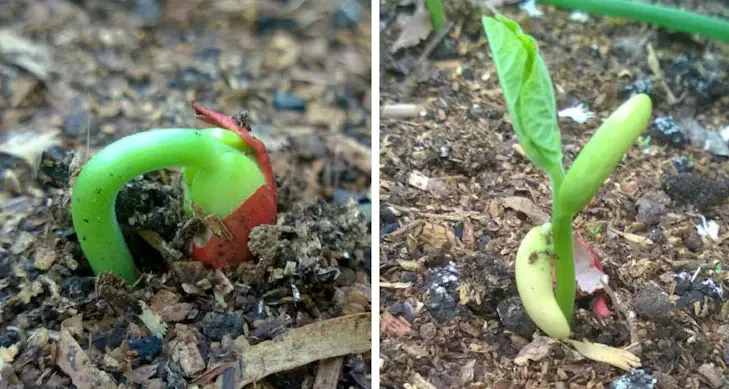
The Nutritive Cycle Theory is essential to farmers as it helps them make informed decisions related to caring for their crops. It increases the chances of growing healthy, robust plants while minimizing instances of diseases. Ultimately improving the farmer’s profits.
By understanding the plant’s nutritional needs, you can tailor your fertilizer’s formulation to provide the optimal nutrients needed at that time.
How To Use The Nutritive Cycle Theory In Korean Natural Farming
The Nutritive Cycle Theory aims to take the guesswork out of Natural Farming. It provides farmers with practical guidelines to assess the needs of the plants and specific recipes to supply the required nutrient.
To use the Nutritive Cycle Theory, you first have to identify the plant’s growth stage and then apply a balanced mixture of nutrients for that specific stage.

Mr. Cho simplified this process by creating “recipes” for each stage, combining the various KNF nutrient solutions in specific quantities.
Ideally, these solutions should be applied a few days before the stage begins. Thankfully, most plants follow a predictable pattern of growth. As a result, we have a general idea of the stages based on the average time it takes to harvest.
What Are The Five Stages Of the Nutritive Cycle?
The Nutritive Cycle is broken into 5 distinct stages, carrying the plant from seed to fruit production. Of course, not all plants will go through all five stages, but as with the nutrients, use what applies to them.
The five stages of the Nutritive Cycle are as follows.
1. Seed Soak And Soil Preparation
Korean Natural Farming encourages seed inoculation. This means that seeds should be soaked in a microbe-rich solution, coating them with beneficial microorganisms to protect them from soil-borne pathogens.
You should also add organic mulch and treat the soil with appropriate IMO solutions before sowing seeds. Many people claim that treated plants experience more vigorous growth.
2. Leaf And Growth
After germination, plants usually experience rapid vegetative growth. They have a tendency to become leafy and compact as they focus on making their first “food factories,” also known as leaves.
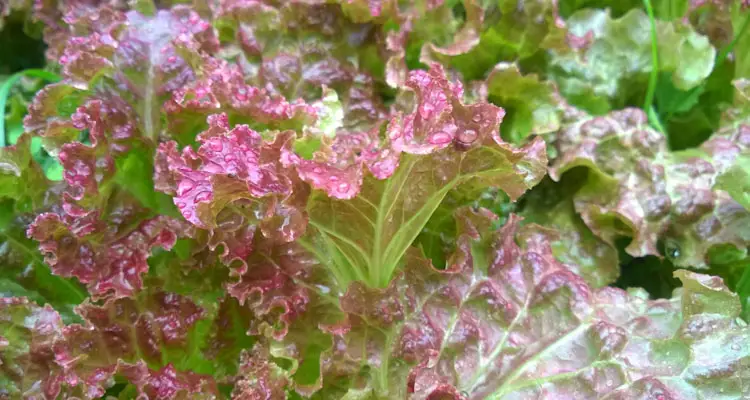
Ideally, the soil should provide all the nitrogen, amino acids, and other nutrients they need. However, we usually farm in less than ideal conditions and will be required to supply them when necessary.
3. Root, Flower, And Structure
Once the primary leaves are in place, the plant focuses on root and stem development. Their initial focus is to move the energy from the leaves to the roots.
The roots grow deep, and stems start to stretch out at this stage, creating more support and space for additional leaves.
The plant requires phosphates and some calcium to help build cells, strengthen cell walls, and transport nutrients. However, too much fertilizer at this stage will stimulate the plant to produce long thin stems. As a result, you should observe the plants before applying.
4. Fruit, Seed, And Reproduction
During this stage, the plant focuses on seed and fruit development. Calcium helps transfer necessary nutrients and strengthens the skin of the fruits.
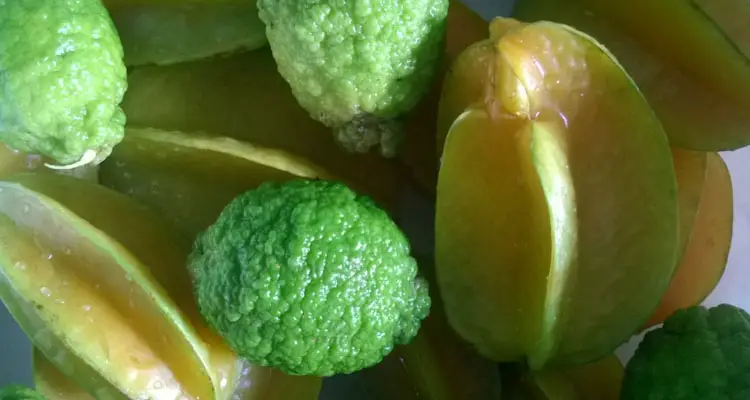
Calcium is usually present in abundance in the soil but is not always available for the plants.
In microbe-depleted soil, you will need to add water-soluble calcium. However, this will not be necessary as the soil food web develops over time.
5. Enhanced Ripening
This is more or less an optional stage since it applies mainly to fruiting trees.
You no longer need to stimulate fruit production but support its proper development at this stage. To achieve this outcome, slightly increase the trace nutrients and minerals required to produce extra tasty plants.
It doesn’t take much but makes all the difference in the world. Especially if you previously had bland-tasting fruits.

Korean Natural Farmers acknowledge all five stages but simplify the nutritive cycle into three main stages.
- Juvenile – Leaf and Growth
- Puberty – Root Flower and Structure
- Adult – Fruit, Seed, and Reproduction
These three stages can span weeks or even months depending on the plants, alternating between Juvenile and Puberty stages until they “Crossover” to adulthood.
The farmer’s job is to monitor and identify the stages of the plant. This can be time-consuming, becoming easier with practice.
Example Of Cho’s Nutritive Cycle Recipes
Mr. Cho further removed any guesswork from this process by including sample recipes or formulations that we can apply at the various stages. These recipes are made using a combination of KNF nutrient solutions.
Before we get started, here is a list of ingredients you will need and their uses.
| Ingredient | Abbr. | Purpose |
| Fermented Plant Juice | FPJ | Nutrition |
| Fermented Fruit Juice | FFJ | Nutrition |
| Lactic Acid Bacteria | LAB | Helpers |
| Oriental Herbal Nutrient | OHN | Medicine |
| Fish Amino Acid | FAA | Fuel |
| Water Soluble Calcium | WCA | Reproduction |
| Brown Rice Vinegar | BRV | Cleanser |
| Water Soluble Phosphate | WSP | Structure |
| Dilute Seawater | SW | Minerals |
To make the recipe combine the ingredients and add them to 4 liters of water, using the measurements below. I have included links to instructions on how to make each ingredient.
| Ingred. | Seed Soak | Leaf And Growth | Root, Flower & Structure | Fruit, Seed Reprod. | Enhanced Ripening |
| OHN | 4ml | 4ml | 4ml | 4ml | 4ml |
| BRV | 8ml | 8ml | 8ml | 8ml | |
| FPJ | 8ml | 8ml | 8ml | ||
| SW | 120 ml | 120 ml | 150ml | ||
| LAB | 4ml | 4ml | |||
| FAA | 4ml | 4ml | |||
| WCP | 5ml | 5ml | |||
| WCA | 4ml | 4ml | |||
| FFJ | 8ml | 8ml |
Once the diluted formula is completed, you can apply it as a foliar spray, using a water can or sprinkler system.
What Are The Disadvantages Of The Nutritive Cycle Theory In KNF?
The main disadvantage of the Nutritive Cycle Theory is its time constraints. Not only does the farmer have to constantly monitor the plants, but he also has to gather the necessary materials to create each ingredient for the recipe.
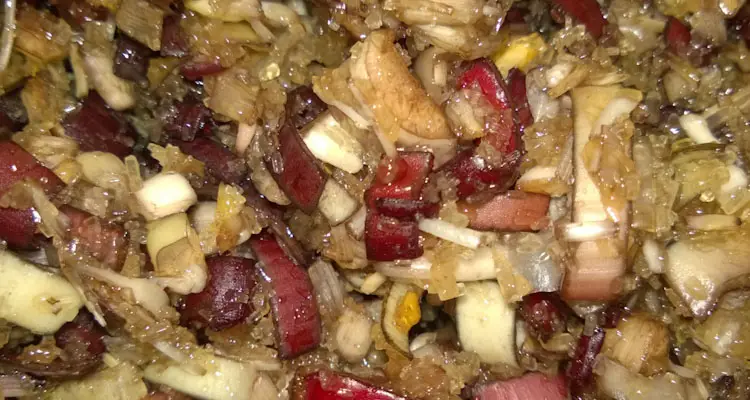
Thankfully, most ingredients are shelf-stable, allowing the farmer to make a large enough batch to last a few months. However, it is a long process nevertheless.
This was one of the main reasons we kept postponing the use of KNF recipes on our farm. It takes time to collect all the material to make each nutrient solution. However, the results are well worth the effort.
Final Thoughts
The Nutritive Cycle Theory could be overwhelming and downright confusing if you did not pay close attention to plants before. In my case, everything clicked only after a few months of observing various plants in my garden.
The key to using the Nutritive Cycle Theory in KNF is patience. You need to be willing to observe various plants and learn how to make the necessary ingredients.
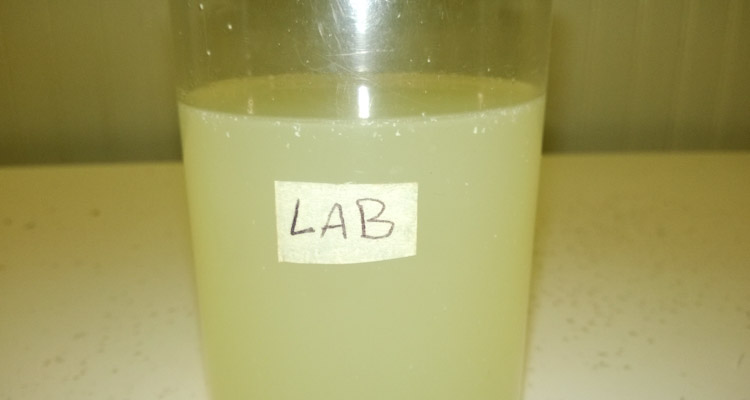
I truly appreciate Mr. Cho’s efforts to simplify the process and provide simple formulations that we can follow. As a result, we have a strong starting point for our own experiments.
Related Questions
Is The Nutritive Cycle Theory Effective With Leafy Vegetables?
The Nutritive Cycle Theory is practical with leafy vegetables such as lettuce and cabbages, focusing mainly on vegetative growth and root development. However, you should also focus on seed inoculation and land preparation to give plants ideal growing conditions.
References
PureKNF Drake. KNF Nutrient Cycle Simplified. [Video]. YouTube. Uploaded January 7, 2019
Reddy, Ronhini. Cho’s Natural Farming. South Asian Rural Reconstruction Association. 2011
Natural Farming Hawaii. Plant Nutrive Cycles. [PDF] Accessed May 2022
International Land Consolation. Cho’s Global Natural Farming. ilcasia.wordpress.com. Accessed May 2022

